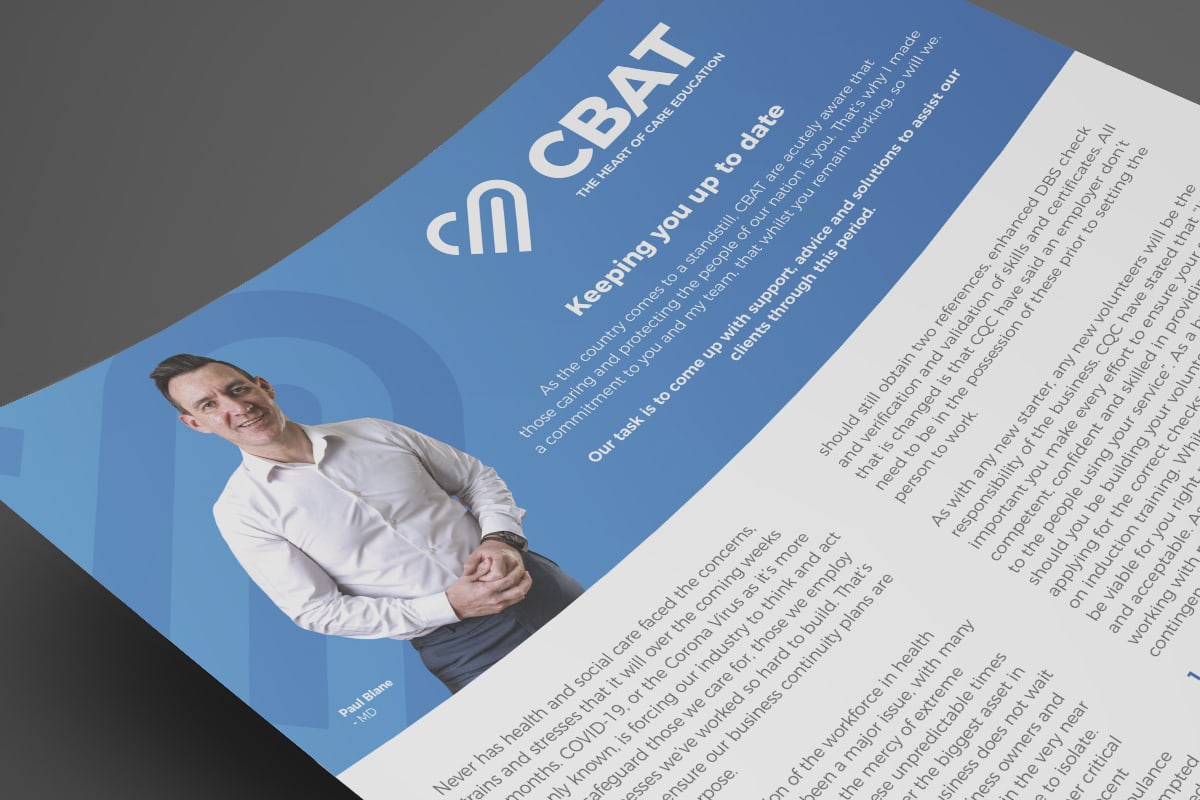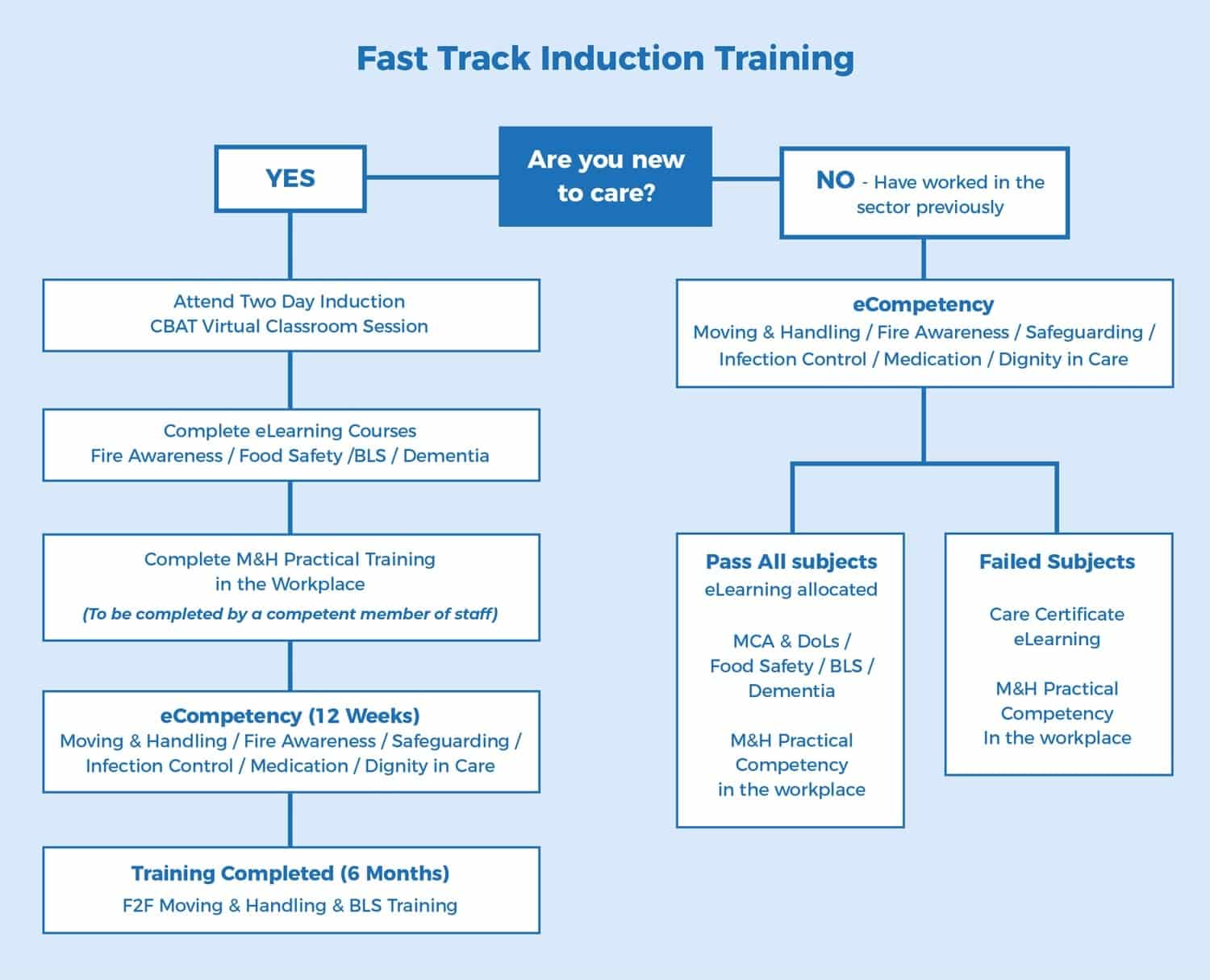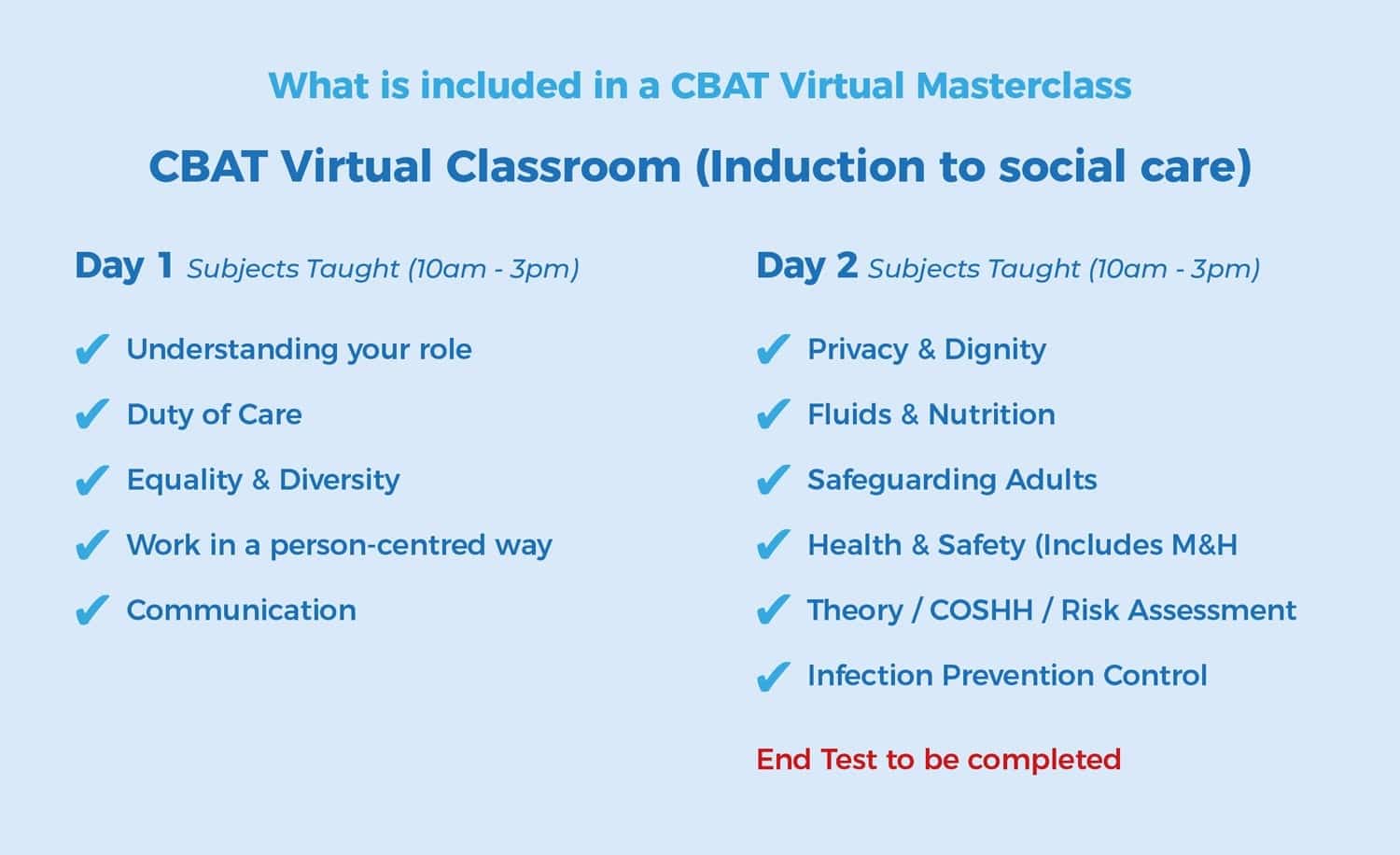Recruitment and retention of the workforce in health and social care

Keeping you up to date
As the country comes to a standstill, CBAT are acutely aware that those caring and protecting the people of our nation is you. That’s why I made a commitment to you and my team, that whilst you remain working, so will we.
Our task is to come up with support, advice and solutions to assist our clients through this period.
Never has health and social care faced the concerns, strains and stresses that it will over the coming weeks and months. COVID-19, or the Corona Virus as it’s more commonly known, is forcing our industry to think and act quickly to safeguard those we care for, those we employ and the businesses we’ve worked so hard to build. That’s why we need to ensure our business continuity plans are ready and fit for purpose.
Recruitment and retention of the workforce in health and social care has always been a major issue, with many organisations having to fall to the mercy of extreme agency costs. It is essential in these unpredictable times that we find other means to bolster the biggest asset in the company: the staff, and that a business does not wait until critical stage before reacting. Business owners and managers alike must acknowledge that, in the very near future, their staff force will deplete and have to isolate. You don’t have to look much further than other critical services to see this is happening already with recent reports showing the Police, Fire Brigade and Ambulance services losing up to 10% of staff. The NHS has attempted to counter this with a volunteer service which attracted over half a million people in one day, the greatest show of national altruism since Britain was at war. Social care can also benefit from this gesture of goodwill by looking to build up a bank of volunteers from your own communities. This strategy is supported by CQC who, on March 25th, announced that you could recruit volunteers, including family members, through this period. In addition, they agreed that, to help speed up the process, a volunteer could be deployed after an ‘adult first check’ instead of an enhanced DBS check. Why not look to social media and technology to support you with this process, both of which are available, cost effective and powerful methods to help communicate your message.
In confirming that a volunteer can be deployed after an ‘adult first check’ CQC have highlighted that normal recruitment procedures are still to be undertaken, ie: you should still obtain two references, enhanced DBS check and verification and validation of skills and certificates. All that is changed is that CQC have said an employer don’t need to be in the possession of these prior to setting the person to work.
As with any new starter, any new volunteers will be the responsibility of the business. CQC have stated that “It’s important you make every effort to ensure your staff are competent, confident and skilled in providing safe care to the people using your service”. As a business not only should you be building your volunteer bank up now and applying for the correct checks but also beginning them on induction training. Whilst face to face training may not be viable for you right now, other options are available and acceptable. As a training provider, we’ve been working with many of our clients and partners to put a contingency plan in place based on this eight point plan:
1. Look at all staff roles and focus on the areas that are critical. Think how you would be able to operate if 10% of that job role was no longer available to you? If you only have one person who works in the kitchen, make it 100%.
2. Start to source volunteers as a back-up plan to the 10% if you feel the business would not be able to operate safely without them. If you are domiciliary care, could calls be missed? Facebook and Instagram are ideal pools to obtain volunteers from so think about asking your staff to help post available positions.
3. Interview all volunteers. Use a function like SKYPE or Facebook Live to conduct these, do not bring them to your premises. Not yet!
4. Apply for the DBS checks. You do not need to physically have the identification in your hands, you can ask for these to be emailed as long as you can verify it is them (hence SKYPE).
5. Select the basic level training they will need to begin the role safely. Use eLearning for this. Should they have previous experience, use eCompetency to speed up the process. Remember: they can be set this prior to the time you may need to call on them and without stepping foot in the building.
6. When you are getting closer to the day when you need to call on them, complete a more thorough level of training using Virtual Classroom. The great thing about this process is that you can bespoke it to your business and train them specifically on what they will face.
7. Next, you need them to complete Moving & Handling practical training. If you have an internal train the trainer, great: buddy them up together. If not, find your most confident and nurturing staff to teach them the basics. As long as you can assess their competency and only allow them to be working under supervision, you’ll be fine.
8. Make sure you document all this information. If you have a Learning Management System, there is no better way to record your evidence. Speak to your provider to establish how they can help you with this.
I’ve attached as an appendix a format of how we see induction training for volunteers working. One of our team will be happy to talk you through this in more detail.
Finally, remember that, whilst CQC have relaxed their inspections during this time, they’ll be back and I bet they can’t wait to see how well your business fared during this time. That’s why it’s imperative to have evidence to show you kept people Safe, you were Caring to staff and those you care for, that you were Effective in your planning which made you Responsive when needed and, overall, Well-led.
Stay safe and keep up the amazing work.
Paul Blane
MD – CBAT

